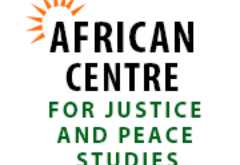(15 June 2022) This report is based on the findings of internationally trained local monitors on the ground in South Sudan, working for a national human rights organization. The monitors and the organization must remain anonymous given the present security concerns. The information reported meets the threshold for initiating an investigation. There is a reasonable basis to believe that the following incidents occurred.
Introduction
On July 09, 2011, South Sudan gained independence from Sudan. Since then, the new country descended into a seven year civil war, with scarce investment in state-building or any infrastructural development in the country.[1] The war was fought between the government forces of President Salva Kiir, the armed opposition group Sudan People’s Liberation Movement/Army in-Opposition (SPLM/A-IO), led by now first Vice President, Riek Machar, and other armed groups and affiliated militias.[2] Numerous attempts at peace failed, including the Agreement on the Resolution on the Conflict in the Republic of South Sudan that saw Machar return as Vice President in 2016.[3] On 12 September 2018, a second peace deal, the Revitalized Agreement on the Resolution of the Conflict in the Republic of South Sudan (“Revitalized Agreement”), was signed in Addis Ababa, Ethiopia.[4] Under the Revitalized Agreement, warring parties including the Incumbent Transitional Government of National Unity of the Republic of South Sudan, the SPLM/A-IO, the South Sudanese Opposition Alliance, and other political parties,[5] formed a coalition government in February 2020,[6] with Kiir and Machar running the country as President and Vice President for the third time.[7.
To read the full Newsletter Click Here
 African Centre for Justice and Peace Studies ACJPS | المركز الافريقي لدراسات العدالة و السلام
African Centre for Justice and Peace Studies ACJPS | المركز الافريقي لدراسات العدالة و السلام




